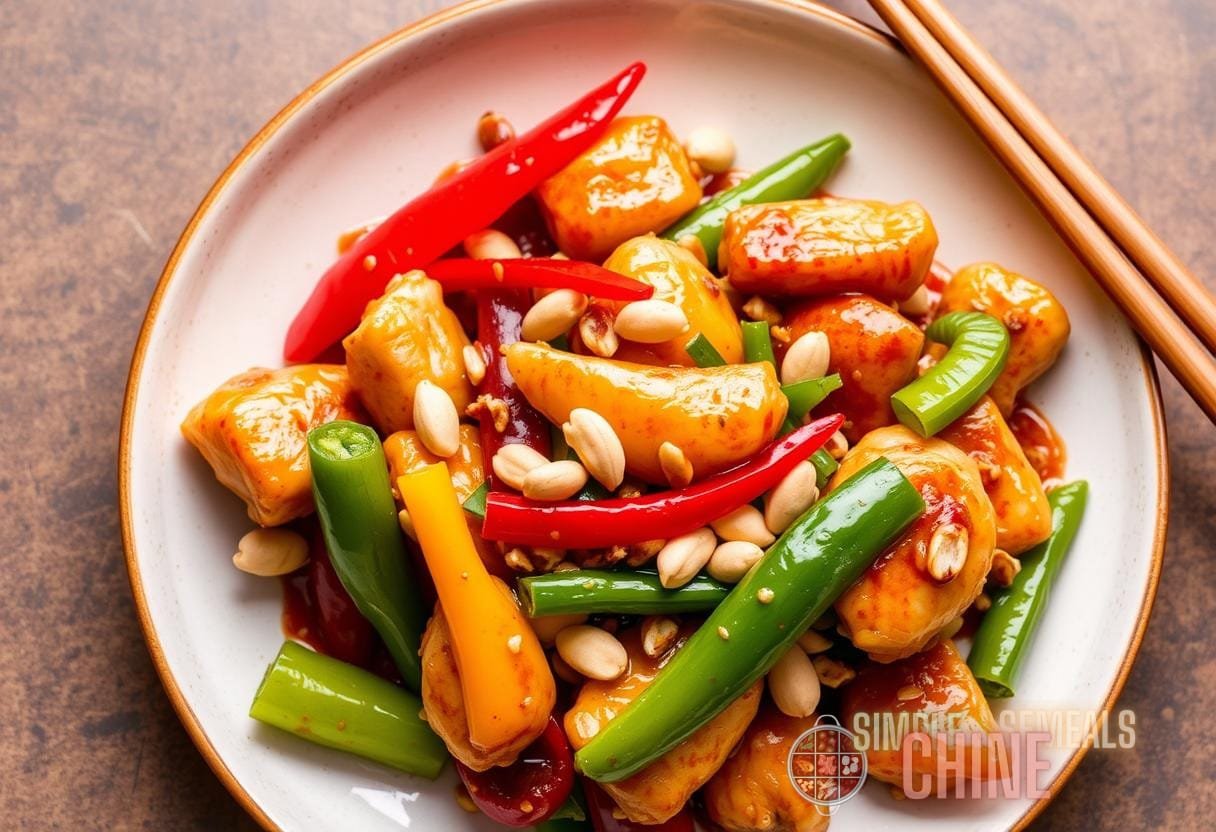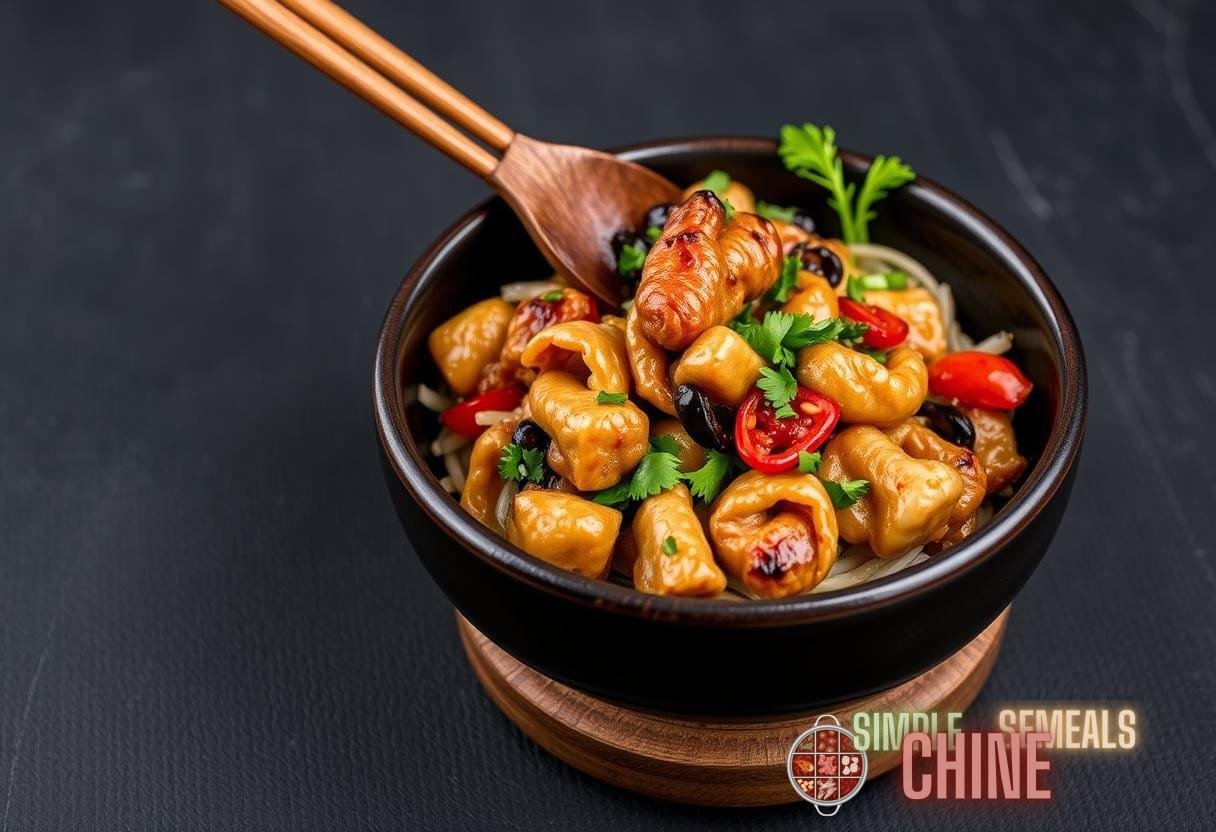Exploring the Molecular Synergy: How Chinese Cooking Techniques Enhance Flavor Complexity
Chinese cuisine is renowned for its intricate and diverse flavors, achieved through various cooking techniques that promote what experts term flavor synergy techniques.
Understanding Flavor Synergy Techniques
At the heart of Chinese cooking are specific methods that create a harmonious balance between flavors, often referred to as flavor synergy techniques. These techniques emphasize the combination of ingredients that complement or enhance each other’s taste. Researchers have identified that certain flavors can work together to create a more profound experience. For example:
- Umami Richness: Ingredients such as soy sauce, mushrooms, and kelp provide depth and savory flavors.
- Balance of Sweet and Sour: The classic combination in dishes like sweet and sour pork showcases how contrasting flavors amplify overall enjoyment.
- Layering of Aromatics: Ingredients like garlic, ginger, and scallions are sautéed first to create a flavor base that enhances subsequent additions.
The Role of Maillard Reaction in Flavor Development
The Maillard reaction is a vital chemical reaction that occurs when proteins and sugars are exposed to heat, resulting in the browning of food and the development of complex flavors. This reaction is prevalent in stir-frying, a fundamental technique in Chinese cooking. Studies show that:
- Stir-frying at high temperatures enhances flavor complexity through rapid caramelization.
- The technique also preserves the nutrients in vegetables and meats while imparting a unique texture that contributes to the overall flavor profile.
- High heat combined with quick cooking times reduces moisture loss, leading to a juicier outcome that complements the created flavors.
Fermentation: A Key Element in Flavor Synergy
Fermented products, such as soy sauce, miso, and black bean sauce, are cornerstones of Chinese culinary practices. Fermentation not only preserves food but enhances its flavor profile. The process transforms the molecular structure of ingredients, producing various compounds that contribute to their unique tastes. Key aspects include:
- Umami Boost: Fermented foods often have higher levels of glutamate, which is responsible for the umami taste.
- Natural Sweetness: The fermentation process can break down starches into sugars, lending a natural sweetness to dishes.
- Depth of Flavor: The complexities achieved through fermentation add richness, making even simple dishes more sophisticated.
Utilizing Aromatic Herbs and Spices
Herbs and spices are integral to the complexity of flavors in Chinese cooking. Commonly used ingredients include star anise, Sichuan peppercorns, and cinnamon. Their incorporation into dishes is not merely for seasoning; these ingredients have profound implications for flavor synergy techniques:
- Star Anise: Imparts a sweet, licorice-like flavor that can enhance both savory and sweet dishes.
- Sichuan Peppercorns: Introduces a tingling sensation and a unique citrusy flavor that balances heaviness.
- Cinnamon: Provides warmth and sweetness that can round off savory flavors.
Combining these elements creates varied taste experiences, showing the extensive application of flavor synergy techniques in Chinese recipes.
Cooking Techniques: Stir-frying vs Steaming
Stir-frying and steaming are two prevalent cooking methods that epitomize the effectiveness of flavor synergy techniques. While both methods preserve food’s nutritional value, their impacts on flavor complexity differ significantly:
- Stir-frying: This quick method enhances the Maillard reaction, providing deep flavors through high heat.
- Steaming: While it preserves nutrients, steaming acts to maintain the original flavors of the ingredients, allowing their natural tastes to shine through.
Understanding when to use these techniques can drastically alter the flavor profile of the dish. For example, consider a dish of mixed vegetables: stir-fried vegetables yield a robust taste, while steamed vegetables remain crisp and reflect their inherent flavors.
Quantifying Flavor Complexity: The Science Behind Pairing
Scientific research into food pairing suggests that certain ingredients, when combined, create synergistic effects that enhance perceived flavors. Flavor chemists have studied various aromatic compounds, establishing guidelines for successful combinations based on their molecular structures. Some interesting findings include:
- Complementary Aromas: Ingredients such as garlic and soy sauce are scientifically proven to complement each other, enhancing the overall flavor profile.
- Contrasting Flavors: The juxtaposition of spicy Szechuan dishes with sweet elements (like honey) creates a complex taste experience that is pleasing to the palate.
- Texture and Temperature: The dynamics of serving warm, crisp elements alongside softer textures create a layered mouthfeel, which contributes to perceived flavor complexity.
These relationships illustrate the core principles of flavor synergy techniques and how they can be manipulated in various contexts.
Real-World Examples of Flavor Synergy Techniques
To illustrate the principles discussed, we can explore two popular Chinese dishes that embody flavor synergy techniques: Kung Pao Chicken and Mapo Tofu. Each dish showcases how specific ingredients and cooking methods contribute to an elaborate flavor profile.

Kung Pao Chicken
Kung Pao Chicken is a classic example of combining textures and flavors. Key ingredients include:
- Chicken: Marinated in soy sauce, adding umami elements.
- Peanuts: Introduced for crunch and added protein.
- Dried Chili Peppers: Introduced for heat, balancing the sweetness and savory flavors.
This dish successfully exemplifies how varying textures, aligned with the right cooking technique (stir-frying), create an engaging culinary experience.
Mapo Tofu
Mapo Tofu is another stellar representation of flavor synergy. Its primary components include:
- Soft Tofu: Capturing the essence of subtle flavors.
- Sichuan Peppercorns: Providing a tingly sensation that heightens the overall experience.
- Ground Pork: Adding depth and umami through fat and meatiness.
The combination of these ingredients, prepared through quick frying and subsequent simmering, showcases the masterpiece of flavor synergy techniques everyone can appreciate.
The Science of Temperature and Flavor Intensity
Temperature plays a critical role in releasing flavor compounds from food ingredients. The two critical temperature zones in cooking techniques are:
- High Temperature: Essential for achieving the Maillard reaction for browning and caramelization of sugars.
- Low Temperature: Often adopted in slow cooking methods that allow flavors to meld together over time.
These principles dictate the choice of cooking methods and times to enhance the flavor experience. For example, braised dishes highlight low-temperature cooking over an extended period, allowing flavors to develop fully.
Aligning Cooking Technique with Personal Taste Preferences
Finally, a significant aspect of utilizing flavor synergy techniques lies in aligning cooking methods and ingredient choices with personal preferences. Chefs and home cooks can modify traditional techniques to create unique versions of classic dishes:
- Adjusting Spiciness: Altering the number of chili peppers in a dish adjusts the spice level without compromising the overall flavor balance.
- Experimenting with umami: Incorporating resources like mushrooms or anchovies can enhance deep flavors to cater to personal tastes.
- Textural Variations: Cooking methods can be changed to favor either crunch or softness to suit individual preferences.
It’s this flexibility that empowers cooks to apply flavor synergy techniques effectively.
Practical Tips for Implementing Flavor Synergy in Your Cooking
Incorporating the principles of flavor synergy techniques into your cooking can be an enjoyable journey. Here are some practical tips to enhance your culinary repertoire:
- Season Gradually: Build flavors by adding small amounts of seasoning throughout the cooking process rather than all at once.
- Understand Your Ingredients: Experiment with how different cooking methods affect each ingredient’s flavor and texture.
- Use Fresh Ingredients: The quality of ingredients significantly impacts flavor; fresh produce and herbs yield better outcomes than dried or processed items.
By applying these methods, you can become adept at creating complex dishes that truly express the art and science of cooking.
Resources and Further Reading
For those interested in further exploring the science of cooking and flavor synergy, consider checking out these resources:
- The Science of Cooking – Serious Eats
- Cooking Channel Recipes – Cooking Channel
By understanding and utilizing flavor synergy techniques, anyone can elevate their cooking, create delicious, complex dishes, and explore the depth of flavors that Chinese cuisine has to offer.


